Yes, latkes can be incredibly easy to make, but the quality of your end result latkes depends on how well the batter can stay together while frying.
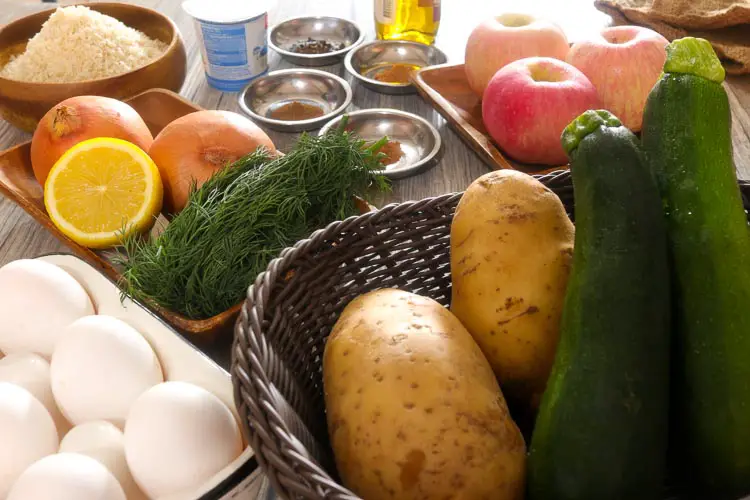
The batter itself is made with your shredded main latke base, egg, matzo meal (kosher bread crumbs), and some additional seasoning as desired. To make the batter stick perfectly while frying, the key is to wring out as much excess water from your base ingredient as possible.
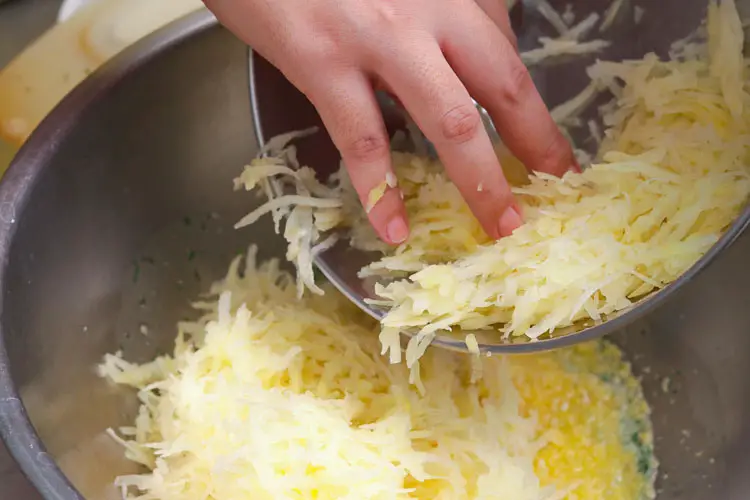
From there, you mold the batter into small silver-dollar sized pancakes, and you fry them until golden brown for several minutes on each side. It’s as simple as can be, but there are certain added “tricks” to help make the latkes consistently extraordinary.
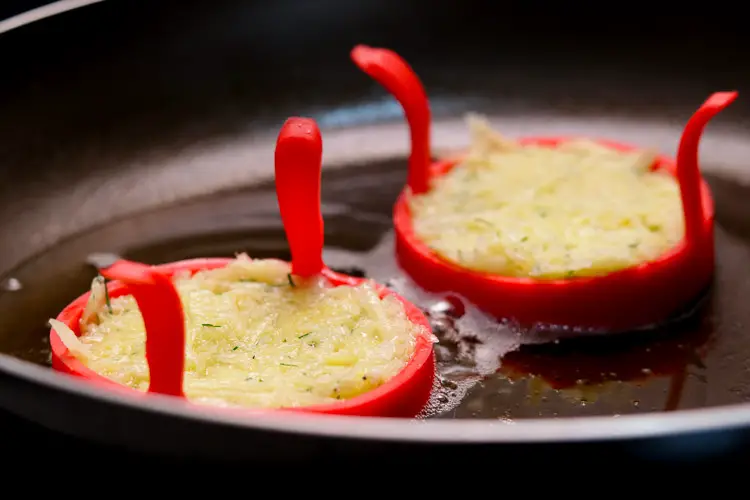
When making potato latkes, for example, your latkes will benefit greatly if you keep the water that you wring out of the grated potatoes. Why is this? After only a few minutes, starch will separate from the water and sink to the bottom of your bowl. You pour out the water, and this separated starch can be added back to your latke batter as a fantastic binding agent!
This Latkes recipe is really similar to our other recipe on potato pancakes stuffed with sausage from Belarus. So if you love potato cakes, fritters, or potato pancakes, definitely check out potato pancakes stuffed with sausage.
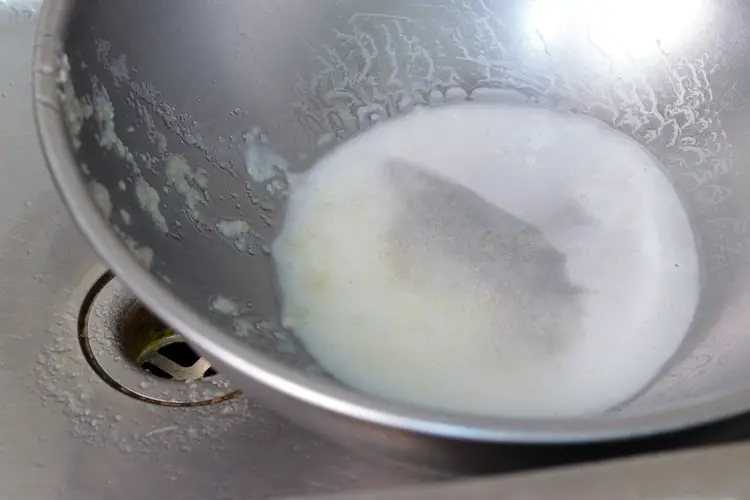
And apparently (though we ourselves learned this trick after only our recipe tests), it’s possible to prevent your freshly grated potatoes from discoloring and turning brown by immediately soaking them in cold water. After a few minutes (up to 10), you can remove the potatoes from the water and continue along making lightly golden crispy latkes.
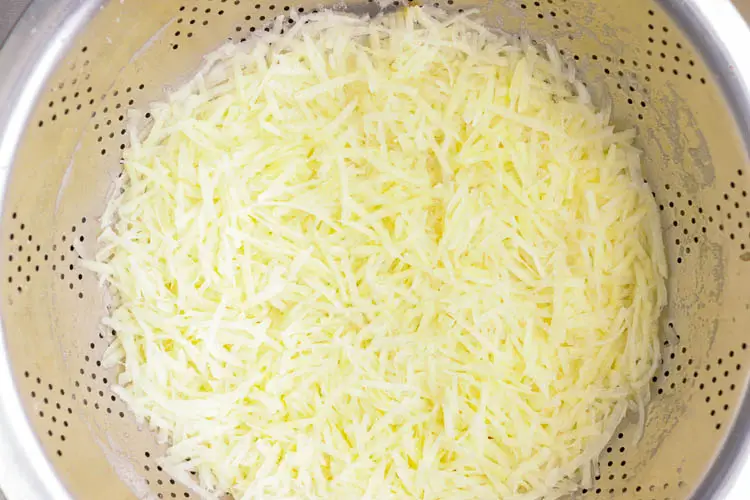
Our Take on the Recipe
We hope we don’t offend latke purists out there with this substitution, but we opted to use panko breadcrumbs in place of matzo meal. Normally, latkes should be made with matzo meal, a certified kosher form of breadcrumbs, but we personally enjoyed using panko instead and the lighter and less oil-dense flavor to the latke.
There are other recipes out there for latkes that offer up a lighter suggestion by baking the latkes instead of frying in olive oil. In a rare break from our own Arousing Appetites “health first” mantra, however, we opted to intentionally not take the healthier route on this one. Not only did we find the fried latkes to be tastier, but the frying in oil is such an integral part of what makes latkes a perfect Hannukah food that it seemed inappropriate to remove a key component of the recipe.
Finally, latkes are generally served with both sour cream and applesauce. For the sour cream, we substituted in Greek yogurt with added fresh herbs like dill. For the applesauce, we made an incredibly simple homemade spiced applesauce recipe that you will see in the recipe itself. These accompaniments were as wonderful as the latkes themselves!

Do you celebrate Hanukkah? How do you make your latkes? Comment below!

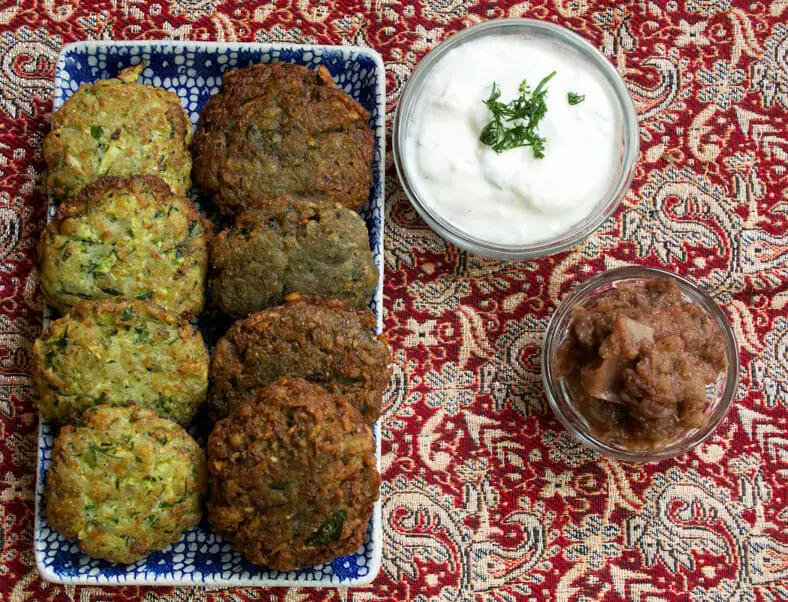
1 thought on “Latkes: Jewish Potato Fritters”